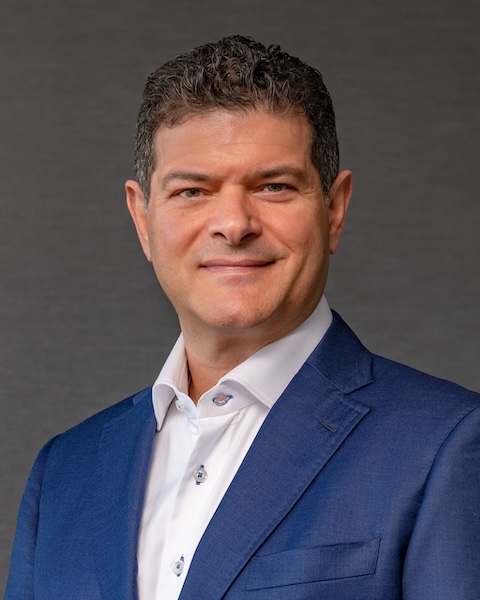
By Attorney Joseph A. Fried
Fried Goldberg, LLC
If you ask an experienced lawyer what the value of a particular personal injury case is, they will assess the case based on their experience and their knowledge of what they believe similar cases have resolved for in the venue where the case is pending. The more experience the lawyer has, the more surefooted they typically are in the opinion of value. But how close is their opinion to the actual value of the case – at mediation or at trial?
Experience shows that lawyers get set in their ways and thoughts about case values, and this can lead to a “self-fulfilling prophecy” phenomenon. The lawyer thinks the case should be resolved at a given number or range, so they make their demand at mediation or their ask at trial accordingly, negotiate or argue accordingly, and lo and behold, the case resolves at mediation or trial in the lawyer’s expected range.
But what would have happened had the lawyer decided the case was worth twice or three times their initial assessment, made their demand or asked accordingly, and negotiated or argued accordingly? Would this have resulted in bigger numbers at mediation or trial? We can’t know the answer to these questions in the abstract, but…
Here are a few thoughts for consideration
- Jurors have no idea what the value of an injury case should be. They have no real frame of reference for the value of things like pain, suffering, disability, disfigurement, loss of enjoyment of life, humiliation, and other aspects of non-economic losses. This being the case, they are looking to the lawyers to create a credible frame of reference. The side with the most credible frame will tend to carry the jury. One of, if not the most important elements of a credible frame, is how much the lawyer truly believes in the value that they are asserting. Jurors have good BS meters. They will pick up on a lawyer trying to sell a value that the lawyer does not believe.
- Past valuations such as those contained in verdict and settlement reporters are not good predictors of current values – unless you accept those values as accurate and act accordingly. The simple truth is that values have increased significantly in the past few years. Many believe that the fact that jurors were conditioned to big numbers on a daily basis during COVID fundamentally changed how jurors react to hearing big numbers now. Whatever the reason, the numbers are bigger now by a significant margin, so don’t stay stuck in the past.
- Big data focus groups are now available that may provide more accurate data about what a jury may conclude about the value of damages than traditional focus groups. Historically, traditional focus groups did not provide reliable data on the value of damages, probably because the sample size was too small and the variables could not be tested. If bigger sample sizes are used in big data focus groups, different asks can be made of different jurors, and the data can be analyzed. There are a growing number of lawyers who swear by the accuracy of the results. I am starting to use these studies and remain hopeful but skeptical.
- Experience shows that bigger asks tend to result in bigger numbers within reason. As indicated above, we have little data on specific cases, but we know of many examples of cases where the lawyer asked for 2-3 times what they were originally going to ask for and then got more than they were originally going to ask for as a final result. This tends to support the hypothesis.
- In the past, lawyers were taught that if they overreached with an ask to a jury, the jurors would punish them. What is true about this is that credibility is always paramount. If the lawyer loses credibility, then the lawyer is not likely to get a successful result. That being said, experience shows that jurors are much more receptive to bigger numbers today than they were in the past, and asking for more tends to result in bigger numbers (even if the jurors find the ask to be excessive). In a recent trial of a case that would have settled for $4 million pre-trial, an ask of $30 million resulted in a verdict of $18 million. In post-verdict discussions with the jurors, several jurors told us the ask was ridiculously high which is why they discounted it so much. Lesson learned.
- Since the lawyer’s belief in the value they are advocating is such a critical component of getting bigger numbers, it is imperative that the lawyer work on getting to a point of belief. One very effective strategy is for the lawyer to envision the injury and damages being suffered by the person they most love in the world. If this happened to them, what would the value of the case be? Why should your client’s case be worth any less?
- You don’t have to go from your present value model to something that is 3 times that model. What would happen if you tried to increase the model by 50-60% and see what happens?
In writing this short article, it is my hope that you will challenge your value paradigm for every one of your cases. Consider raising your valuation by at least a factor of 2x. Find a way to get comfortable with the number and make your ask. I think you will be pleasantly surprised by the outcome.
